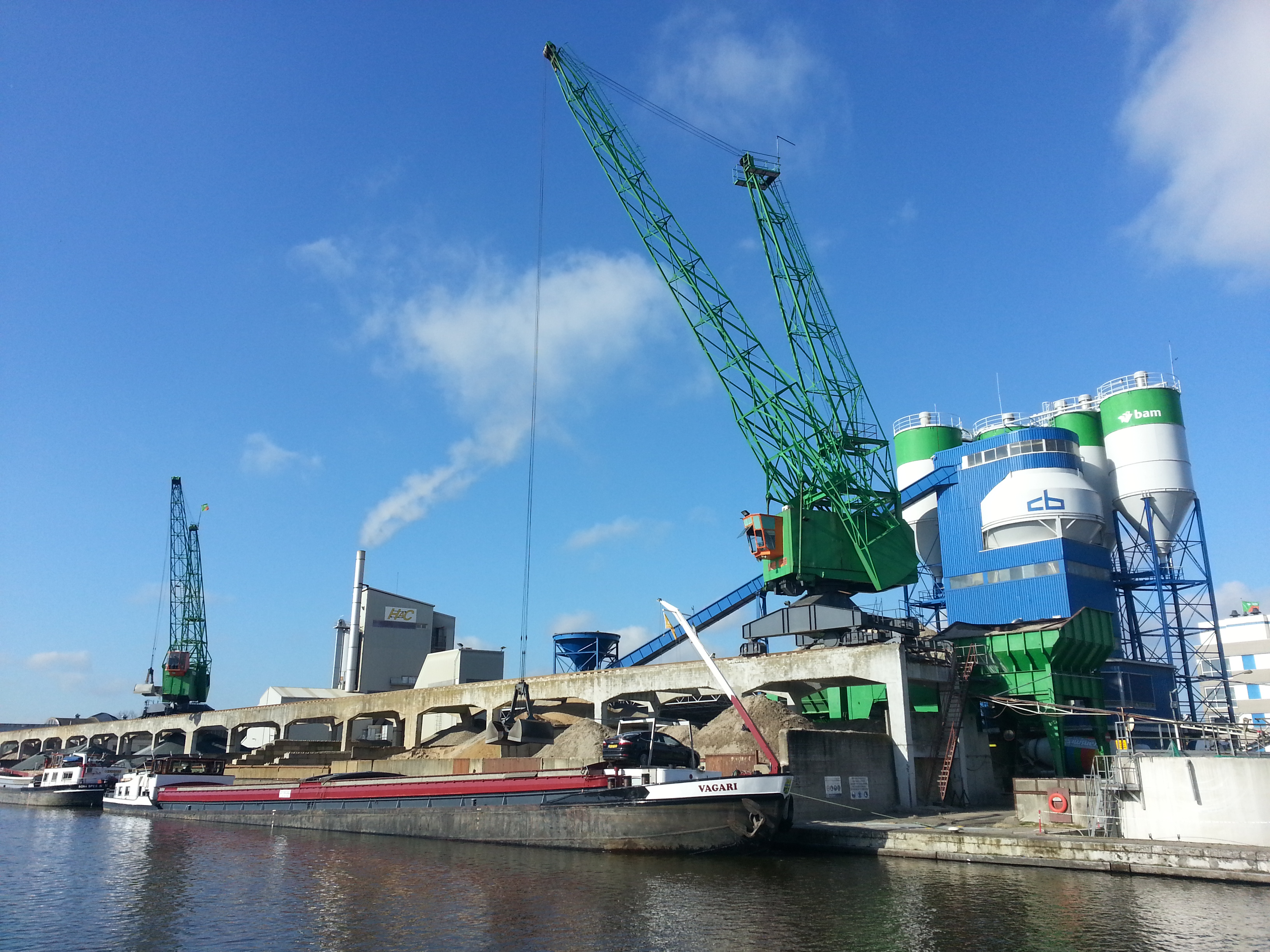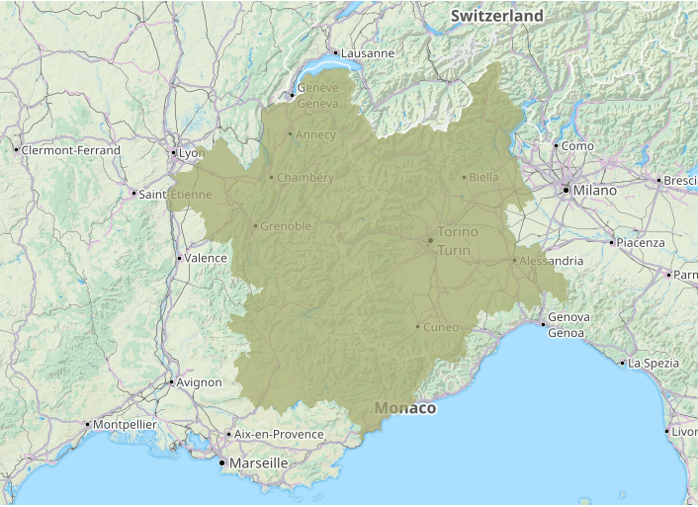In IoT development, there seems to be a disconnect between the hype and the underlying developments. By which I mean that of course, the hype will not play out according to itself, but according “We overestimate short-term impacts and underestimate the longer-term ones”. But moreover, I also mean that there’s a variety of development speeds for IoT. Since there is various types, categories of IoT developing.
As in this here one of my previous posts.
Oh right away:

[Your office ‘life’, Zuid-As again]
So… what we’re seeing, is certain differences in speeds:
- B-inhouse IoT develops rapidly; after some decades of slow introduction of robot-driven factories, we’re on the verge of a breakthrough at less than light speed where the same factories will be linked up to form semi-small, mid-size ‘local’ 3D printing warehouses. Maybe. But certainly, the factories will go the way of data centers, that can be anywhere around the world with only rump staffing locally and control being … anywhere else around the world. With the premise that in the ‘Western’ world, there will be sufficient sufficiently educated staff to control the factories elsewhere. So that ‘manufacturing’ may ‘return’ to the West its origination (Industrial Revolution and since). Nearness of production cutting the costly transport now that labour costs become less relevant, and leaving the most pollutive production where locals still don’t have the economic power to fight the externalities. Short-changing economic development in many places where it had barely started in earnest (no ‘trickle down’ yet). Unbalancing global power developments. We’ll see… Or not; these ‘secret’ in-house developments (in particular, within large conglomerates that can pilot) may not be too visible before their join-or-die breakthrough.
- B2B IoT: Same, somewhat. Moving ahead with cutting out the middle men, DACcing all around. Pure economics (power play by big corp’s; ROI et al.) will determine speed(s) here. Join-or-die aspects play here, too; less in outright competition but more in missing out in cooperation, being left in the dust.
- C2B IoT: Out in the open, where all the hype is. No concern – as for secrecy of developments; heaps of concerns re e.g. privacy ..!! Critical Mass (as defined in Yours Truly’s seminal graduation thesis of, already, 1990 (on office automation incl e-mail, where it played then) yes a great many years before it was to be called) Network Effect, or – Tipping Point may be the key point for development fits and starts in this one; in publicity, actual adoption and fruitful use.
- C-internal: Same. Slower due to legacy. I.e., houses already out there. Some have been around for centuries. Massive update ..? [Edited to add: this here toytoolset seems helpful in this area]
We’ll see…









![20141019_134718[1]](https://maverisk.nl/2014/10/20141019_1347181.jpg)




